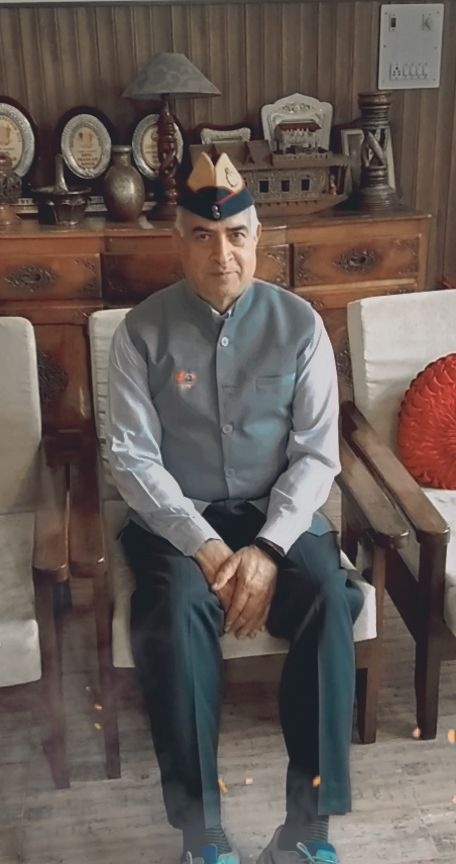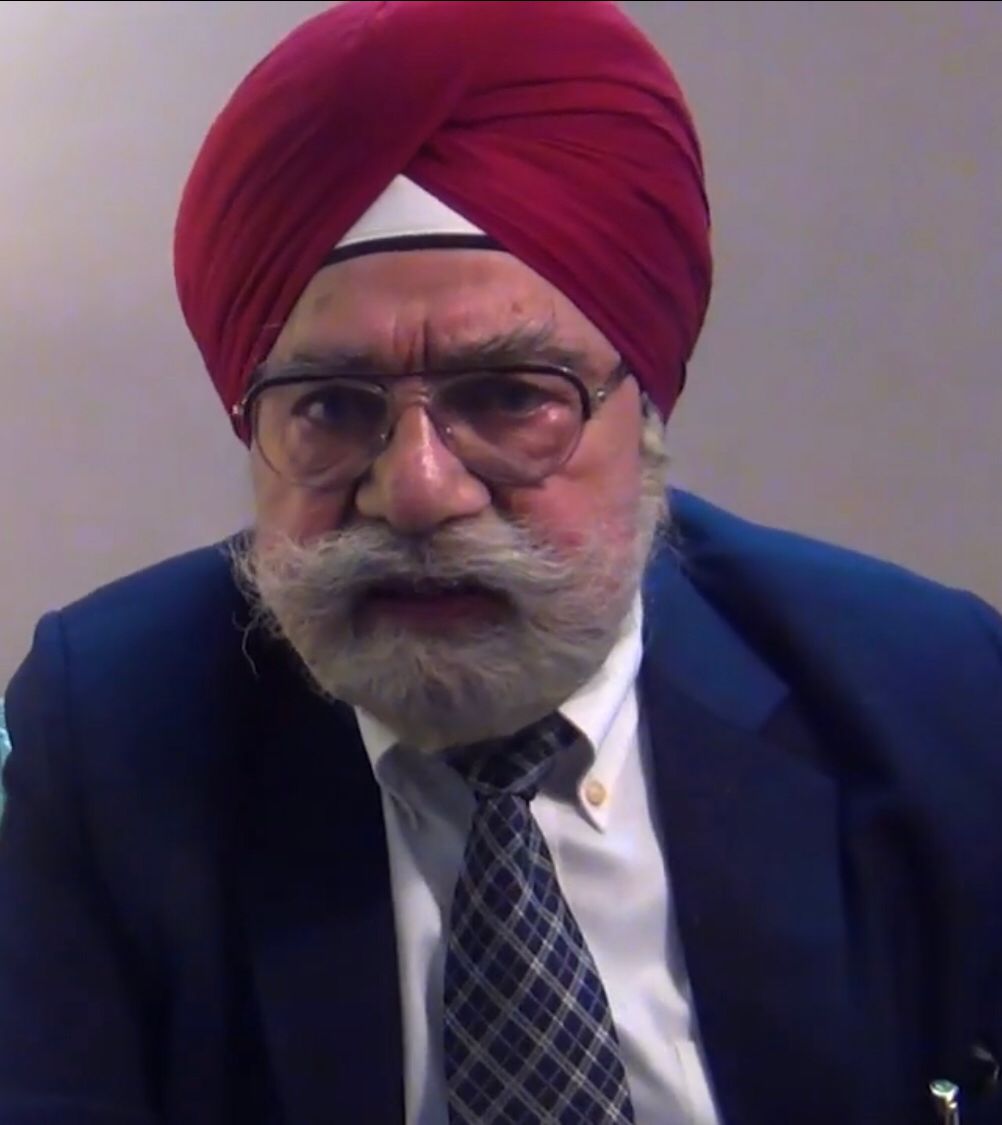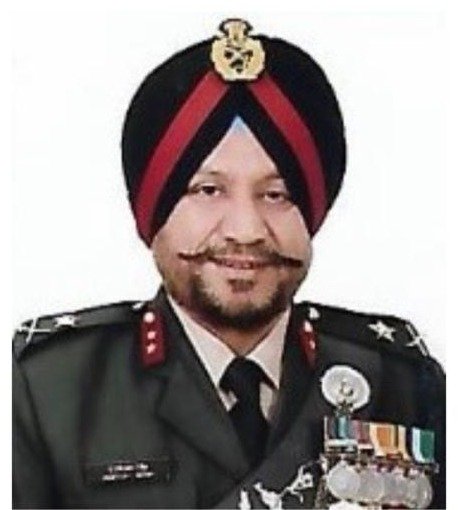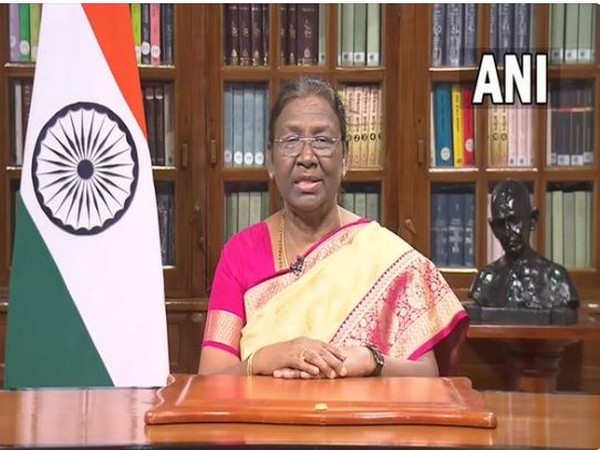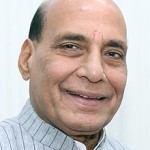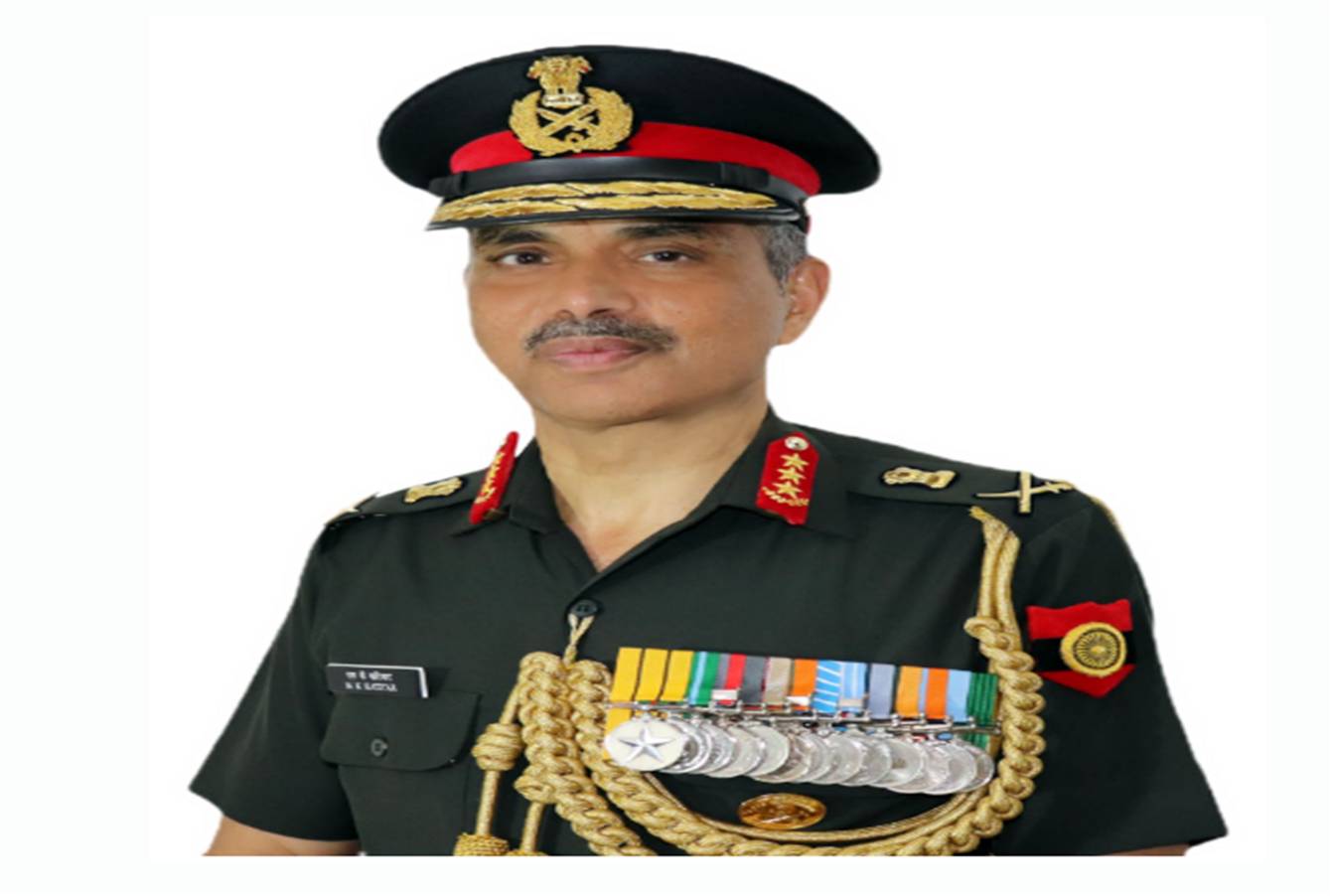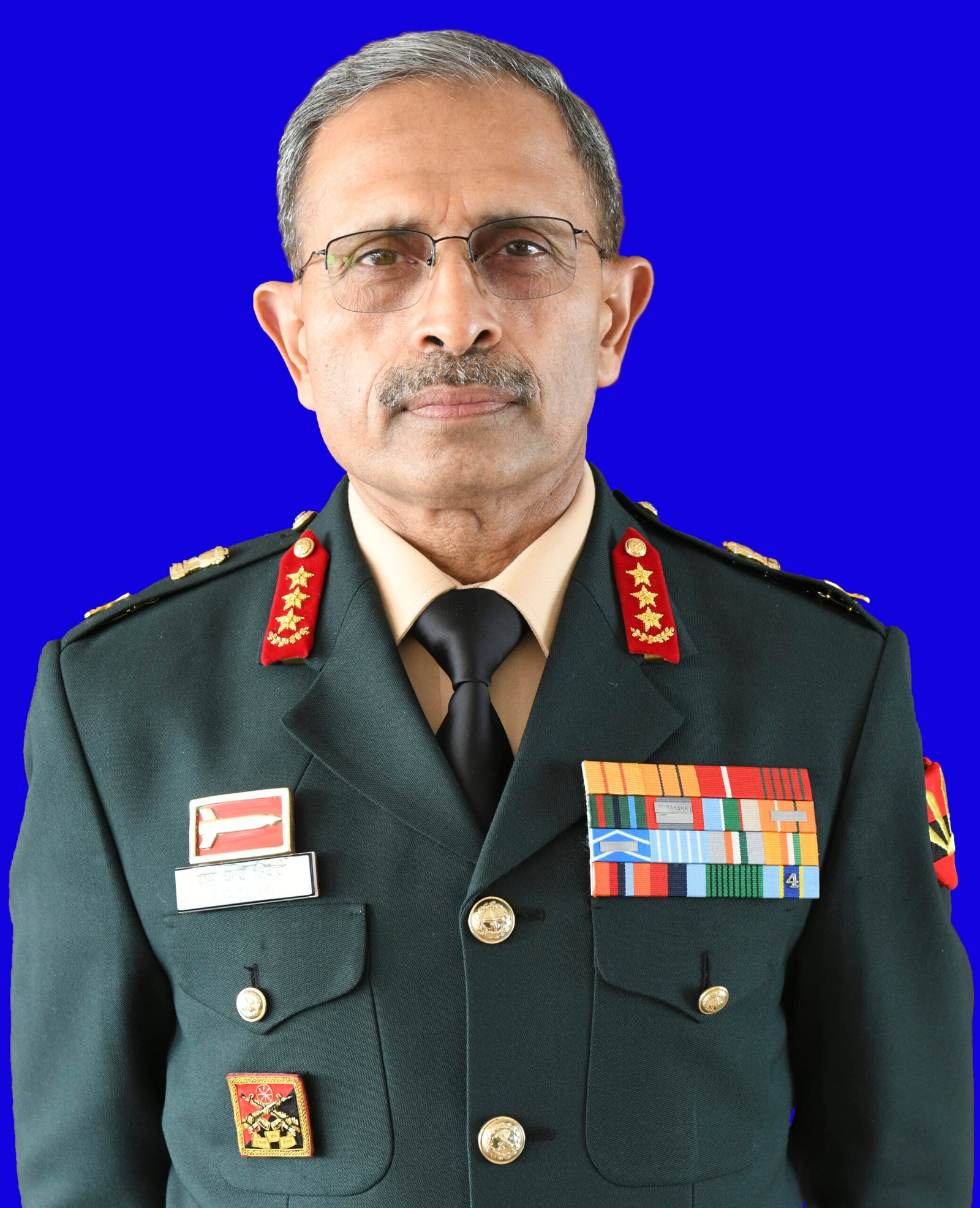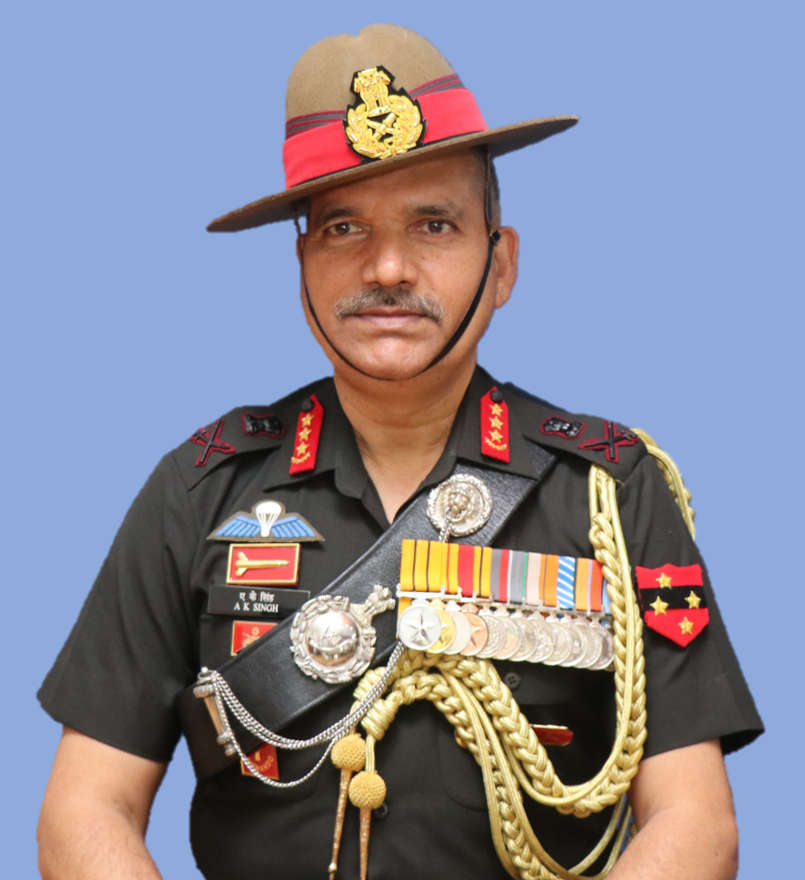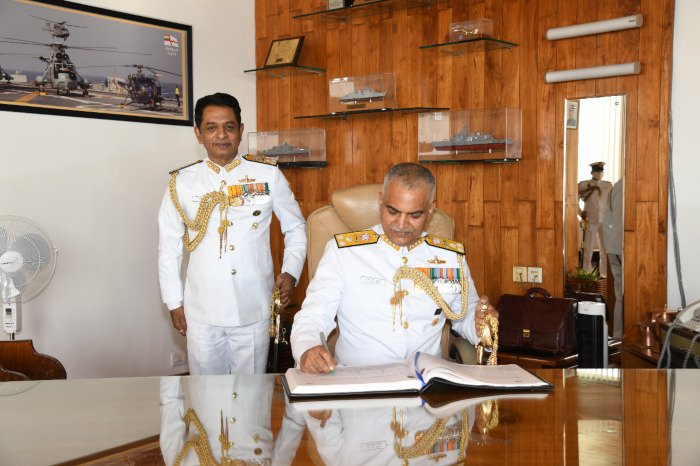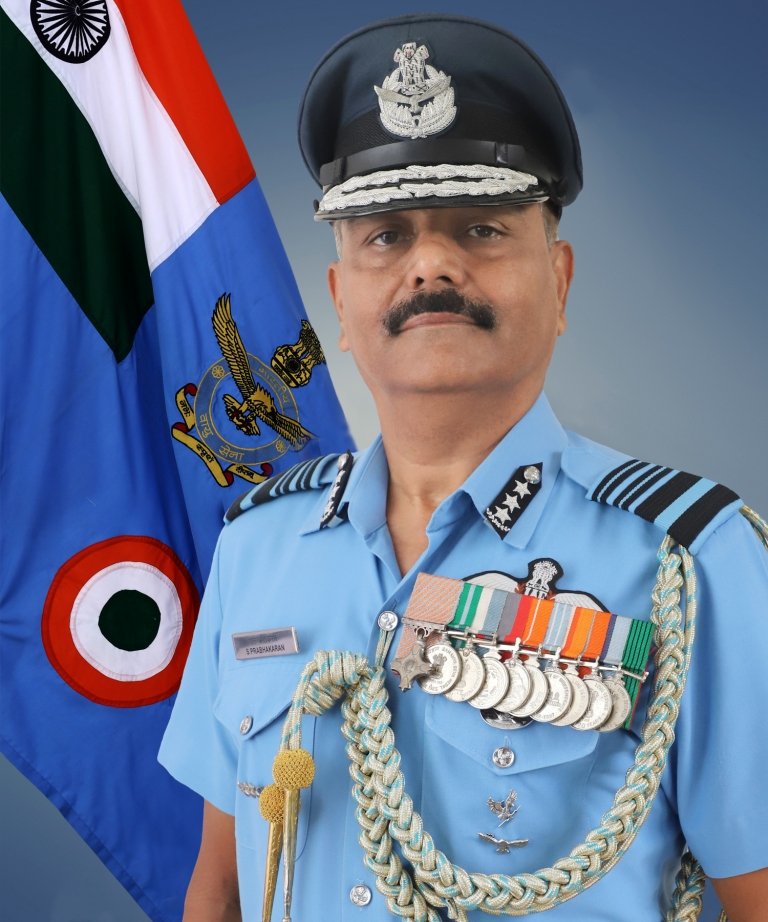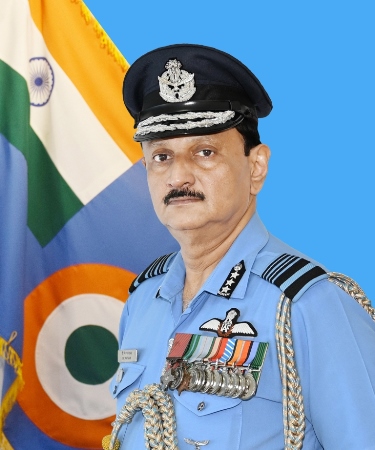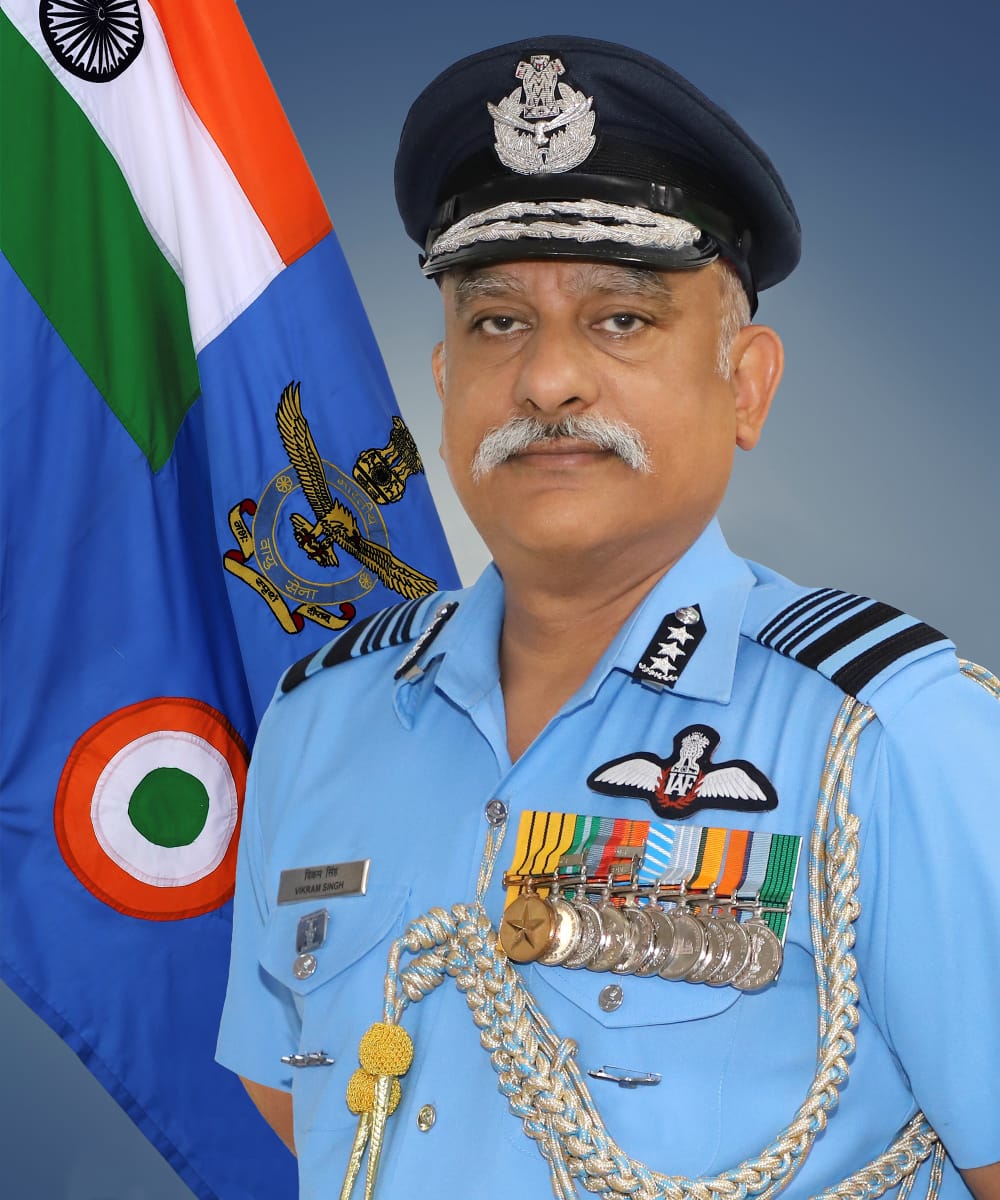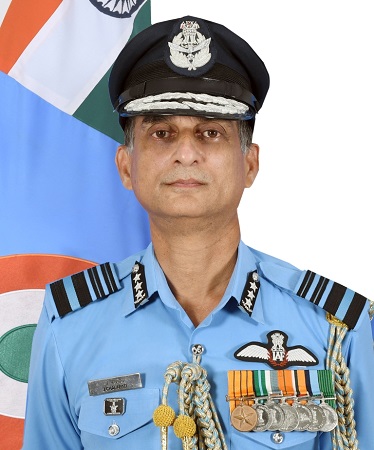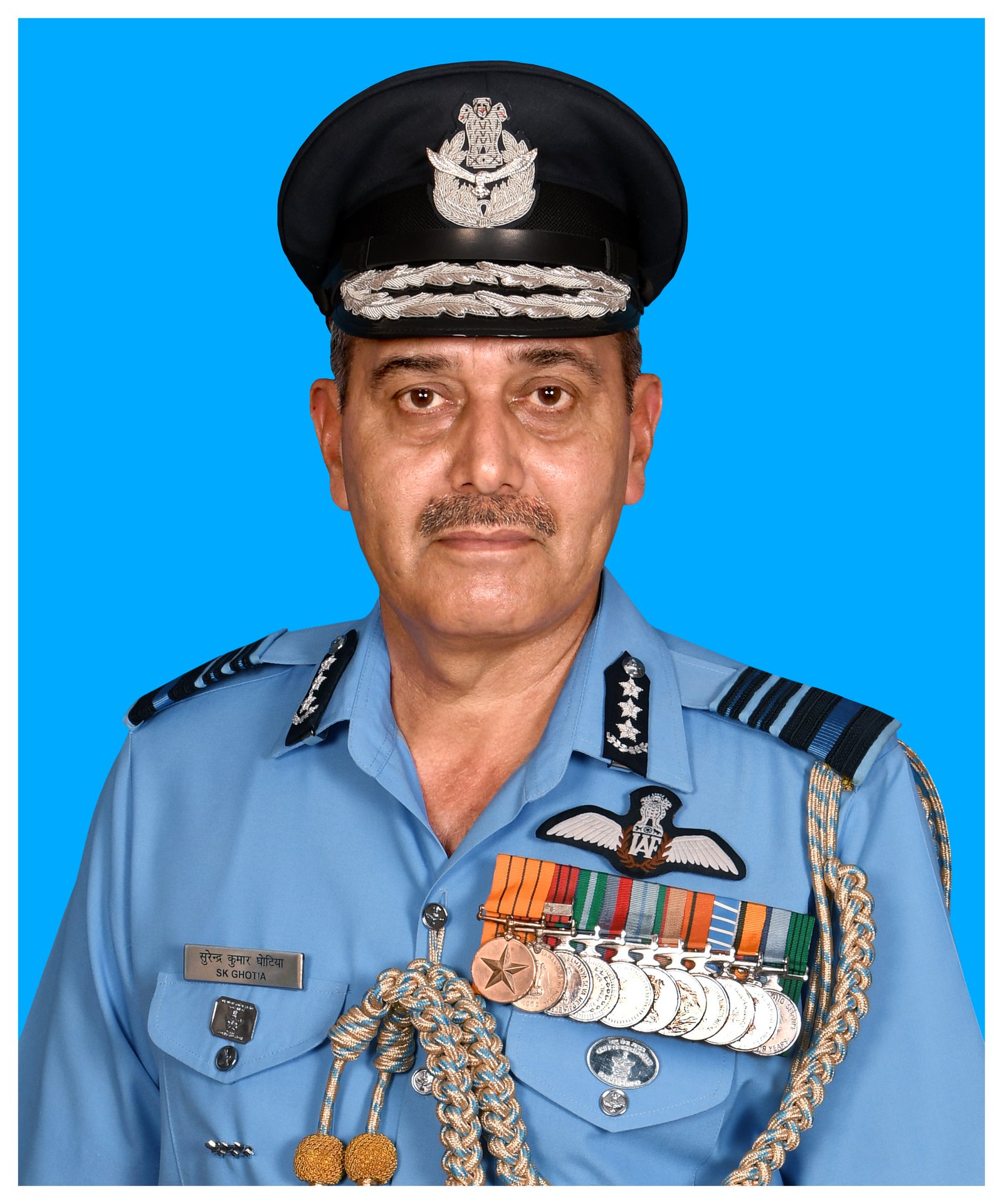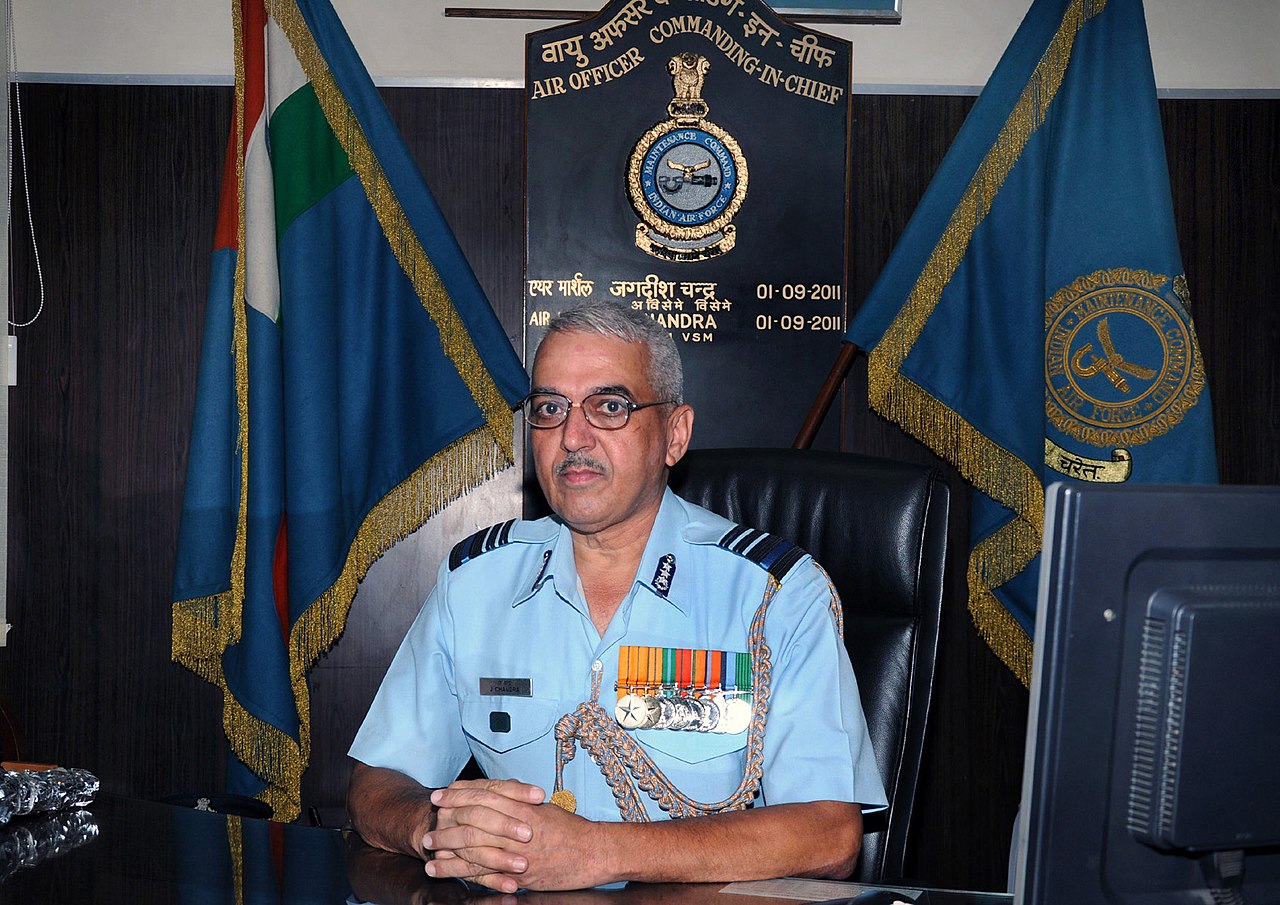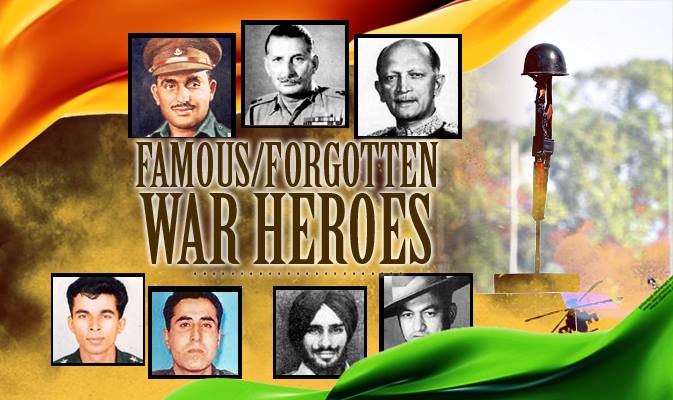
Wars are filled with successes (hits) and failures (misses), often with profound consequences.

Wars are filled with successes (hits) and failures (misses), often with profound consequences. Russia’s invasion of Ukraine began on 24 Feb 2022 hoping to swiftly topple the government in Kyiv – this turned out to be a significant miss. What if Kiev had been captured early … perhaps the Ukrainian government would have capitulated, … perhaps the destruction of Ukraine avoided saving countless lives …. perhaps Ukraine would have saved its rare earth minerals …….. What ifs of history are indeed intriguing! ‘Rasputitsa’ (impassable muddy slush) and absence of good roads from Belarus border (where the invasion began) to Kiev (just 100 Kms!!!!) made the Russian assault a chaotic crawl. Added to this, ‘Tactical Sloppiness’ made them sitting ducks for shoulder fired missiles and drones. High on hubris and low on battlecraft, it was a humiliating miss. Also, the Russian Army broke out with no Tactical Communications support. Instead, they planned … yes … planned to use Ukrainian mobiles with stolen or purchased SIMs. They also failed to deploy their accomplished Electronic Warfare Systems which got hopelessly scattered in the traffic chaos – a miss for Russia, a big hit for Ukraine. Ukraine Army intercepted, eavesdropped, traced Russian (mobile) calls and developed significant intelligence leading to numerous precision strikes on Russian command posts ….. killing many Generals. Bandwidth of Cellular Networks was enhanced leading up to the war and citizens empowered to report Russian positions; a Russian Ammunition Depot in Zaporizhia Oblast was destroyed by Ukraine’s 45th Artillery Brigade after a 15-year-old boy with a toy drone determined its precise coordinates and passed it to the military. Ukraine also blocked all roaming (In/Out) with Russia & Belarus, cutting the of the invader’s lifeline to their bases and homes. Leading the action against stranded Russian Armour was American Javelin Anti-Tank Manportable Missile with top attack capability. Another transformative concept and weapon introduced by Ukraine to the Tactical Battle Area (TBA) was the FPV (First Person View) Drone – a view as seen from the drone’s nose camera. Small drones loiter in the TBA and drop bombs or crash into a target triggered by a pilot sitting safe some distance away. Ukraine also used Turkish Bayraktar TB2 Drones for surveillance and precision strikes. These early hits in the war left the Russian Army in shambles …… it is to their credit that they swiftly adjusted their strategy and opened up new fronts. Early in the war on 18 Mar 22, Russia fired a Kinzhal hypersonic missile to destroy a Ukrainian ammunition depot in Ivano-Frankivsk region. These missiles became the key component of Russia’s strategy and combined with the lethal Cruise Missiles, Glide Bombs (vintage heavy bombs fitted with small wings and guidance systems) and the Artillery were a big hit for Russia later in the war ………..…. once they found their footing. Russia’s artillery strategy has been central to its military operations in Ukraine relying heavily on massed artillery barrages. They employ multiple rocket launchers, such as BM-21 Grad and BM-30 Smerch, to deliver rapid and devastating strikes. They also use advanced radar systems and drones to locate enemy artillery and direct counter f ire. The artillery kept the Russian heads up even in the initial phase. After early hiccups of 2022, Russian T-90 Tanks have also performed well. The tanks, Electronic Warfare and S 400 Air Defence Systems were a big hit in Russia’s advance into the Donbass region. Notably, while anti-tank weapons shaped the first phase of the war, the tank and the attack helicopter won for Russia built up areas of Avdiivka, Mariupol, Severodonetsk and others in the later phases. NATO Leopard tanks and Bradley vehicles won no battles for Ukraine until the surprise Kursk assault. Ukrainian 47th Mechanized Brigade deployed Bradley Fighting Vehicles for the lightening assault supported by Leopard tanks. This, a big hit has given Ukraine a stronger voice at the negotiations table …… provided their ‘ally’ allows them. British long-range cruise missile Storm Shadow capable of striking targets 250 Kms deep were a hit ‘when used’. Once Russia responded with their Oreshnik missile, an experimental Intermediate-Range Ballistic Missile, equipped with multiple warheads and capable of reaching speeds over Mach 10, the Storm Shadow was withdrawn – a hit for Russia and a miss for Ukraine and NATO. Russian Electronic Warfare became a major hit after the initial phase effectively jamming, disrupting and destroying Ukrainian drones in their 1000s every month. While it may not have completely taken away of the fear of the drones, the hype, hysteria and anxiety (HHA) has reduced. War’s indeed lead to a mix of successes (hits) and failures (misses), they help in lessons learnt and refinement of technologies, tactics and strategies.


